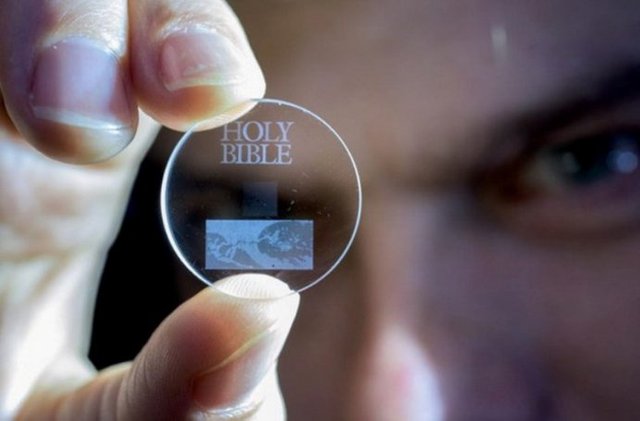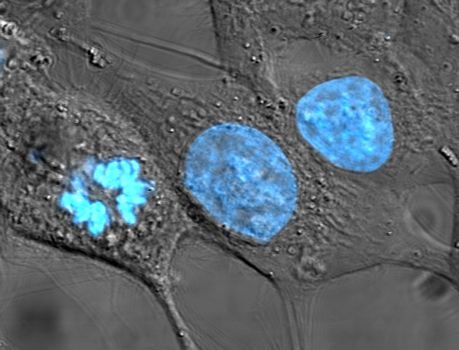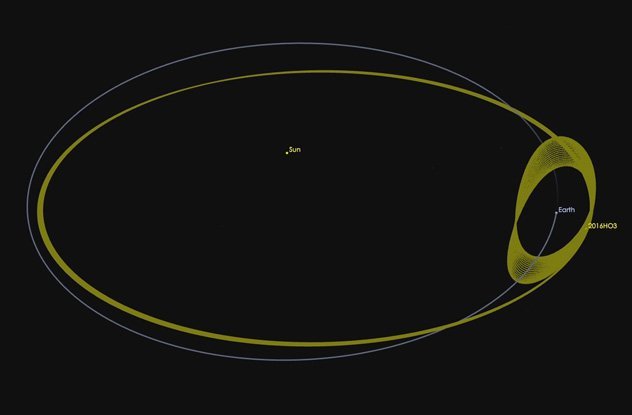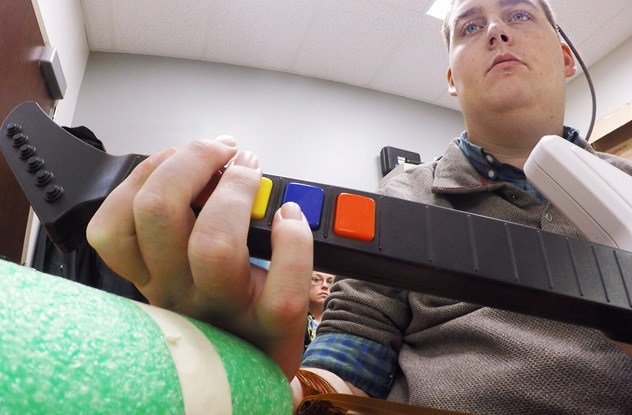Incredible scientific discoveries of the last year
Science advances steadily and by leaps and bounds, and with it, hundreds of new scientific discoveries come to light year after year. In just one month hundreds of studies, discoveries and patents are published throughout the world that help us in a certain way to know what our past was like, how our present is and what our future will be like.
While it is true that every discovery deserves your attention, there are always some that stand out from the rest and that make the world of science can not contain the emotion. Would you like to know what have been the most amazing discoveries of the last year?
Here we show you the most amazing discoveries that science has made in the past year:
- Method of data storage almost eternal
Nothing escapes the impassive passage of time, or so we thought until recently. Not long ago we thought that we had no way to store data in a device that lasted really long periods of time, however, thanks to the work of the University of Southampton, this statement begins to be refuted.
Scientists have managed to successfully use a nano-structured crystal in order to tax and recover data. With the size of a coin, this innovative device made of glass is capable of holding 360TB of data and not suffer damage up to a temperature of 1,000 ° C. This means that if it were kept at room temperature, its half-life would be about 13.8 million years, roughly the same amount of time the universe has.
Data is written to the device using an ultra-fast laser through short but very intense light pulses. Each file is written in three layers of nanostructured points that are only 5 micrometers apart. When reading, the data is deciphered taking into account five dimensions: the three-dimensional position of the nanostructured points, their size and orientation.
- A new planet of the solar system
Before Pluto was discovered, it had been theorized about the existence of a ninth planet known as Planet X, which must have existed due to the gravitational grouping that could only be caused by a massive object.
Located beyond Neptune, scientists thought they had found it when they discovered Pluto. The gravitational distortion was never fully quantified until scientists at the California Institute of Technology presented evidence that there really is a new planet with an orbital period of 15,000 years.
The astronomers responsible for the discovery claim that there is only a 0.007% chance that the cluster is a mere coincidence. Currently, the existence of a ninth planet is still only a hypothesis.
If it exists, the planet would probably be approximately 2-15 times the mass of the Earth and would have an orbit length of between 200 and 1,600 Astronomical Units (AU) relative to the Sun. One AU equals 150,000,000 kilometers, which means that the planet could orbit about 240,000,000,000 kilometers from the Sun.
- New prime number
Thanks to a website known as "Great Internet Mersenne Prime Search", some mathematicians have discovered a new prime number that has the peculiarity of being the longest known to date. The number in question is 2 ^ 74,207,281 -1, I do not think it will help you much by now.
Maybe you're wondering why there is a project to find these kinds of numbers. Well, it turns out that modern cryptography requires the use of prime numbers of Mersenne (of which only 49 have been discovered) and other complex numbers to be able to encode data.
This last prime number holds the title of the longest prime number with almost 5 million digits more than its predecessor. With almost 24,000,000 digits, "2 ^ 74, 207, 281 - 1" becomes the only practical way to write it.
- A slight genetic mutation 800 million years ago led to multicellular life
Researchers have discovered in an ancient molecule, GK-PID, the reason why unicellular organisms began to evolve into multicellular organisms about 800 million years ago. Apparently, the molecule is able to drag the chromosomes and copy them on the inner side of a cell membrane when a cell division occurs. This allows cells to copy correctly and not to become cancer cells.
According to the researchers, this discovery would indicate that an older version of the GK-PID, which did not behave in the same way as it currently does, could have suffered a single mutation allowing it to copy itself, which would suggest that Multicellular life was born as a result of a unique and identifiable mutation
- A second moon of the earth
Scientists at NASA have discovered that an asteroid maintains a stable orbit around the Earth, after being captured by the gravitational action of it, which makes it a second satellite.
Although the asteroid known as "2016 HO3" orbits very far from our planet and is affected more gravitationally by the Sun than by the Earth, it manages to orbit around the sun at the same time as it does with respect to the Earth. The idea of being able to walk some day on the surface of this new moon is almost impossible since its size is considerably smaller than our original satellite, reaching 50-100 meters in diameter.
- A new way to eliminate carbon dioxide
Icelandic scientists may have found a way to permanently capture carbon emissions so they do not enter the atmosphere and aggravate the greenhouse effect.
Apparently, scientists have managed to accelerate the natural process that converts basalt into carbonate minerals, which later become limestone. By pumping carbon dioxide into volcanic rock, scientists have managed to make a process that would normally take hundreds of thousands of years, have been able to occur in just two years. As a result, the carbon captured in a rock could be stored underground or used as construction material to prevent it from entering the atmosphere again.
- Stem cells implanted in patients who suffered a cerebral infarction make it possible for them to walk again
A clinical trial conducted at the Stanford University School of Medicine implanted modified human stem cells directly into the brains of several patients suffering from chronic stroke.
The interventions were performed without complications except for the appearance of some mild headaches. The 18 patients showed a very significant improvement long after any type of healing could be expected after having suffered a cerebral infarction. Among other things, there was an improvement in the mobility of some patients who were able to walk freely despite using wheelchairs before treatment.
- A cybernetic implant helps a quadriplegic man get his fingers moving
Thanks to the implantation of a small chip in the brain, a man who has been quadriplegic for the last 6 years manages to recover the mobility of his fingers.
Researchers at Ohio State University have managed to create a device that, after being implanted in the brain, sends signals to a nearby terminal that transmits that information to an electronic "sleeve" attached to the user's arm.
That electronic sleeve stimulates certain specific muscles of the arm by means of small electrical discharges making possible the movement of the fingers in real time. The man who participated in the experiment was even able to play the mythical "Guitar Hero" to the surprise of the doctors and scientists in charge of the project.
Thanks for reading see you in a next post








Eternal data storage is pretty epic! Makes those time-pods from primary school look pretty silly :P